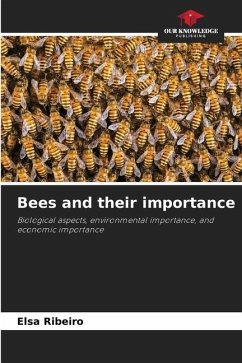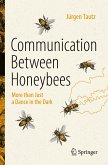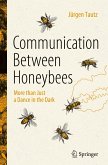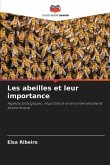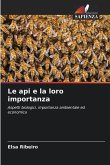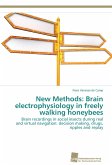Bees of the species Apis mellifera can be found almost everywhere on the globe. Because they are dispersed in different habitats, several subspecies or races have originated. Western honey bees have haplo-diploid sex determination: unfertilized eggs develop into drones and fertilized eggs develop into females, where only queen bees have reproductive capacity. All bees undergo complete metamorphosis and the length of the life cycle depends on the emerging bee (worker, drone or queen). Their body is divided into three parts: head, thorax and abdomen. All bees have specific functions, living in an extremely organized society to shelter the queen and store the products derived: honey, royal jelly, propolis, pollen, venom and wax. Besides the economic value of these products, pollination depends on these insects and allows the continuity of plant species and agricultural crops. If the disappearance of bees is not curtailed, the economy will decline and ecosystems will suffer unprecedented losses. The increasing loss of bee colonies can be attributed to different abiotic and biotic factors.
Bitte wählen Sie Ihr Anliegen aus.
Rechnungen
Retourenschein anfordern
Bestellstatus
Storno

